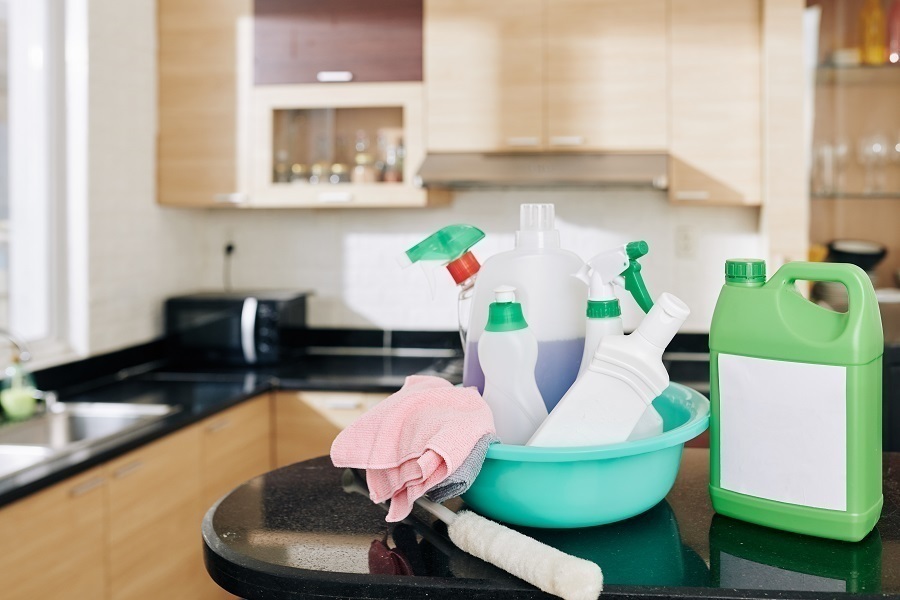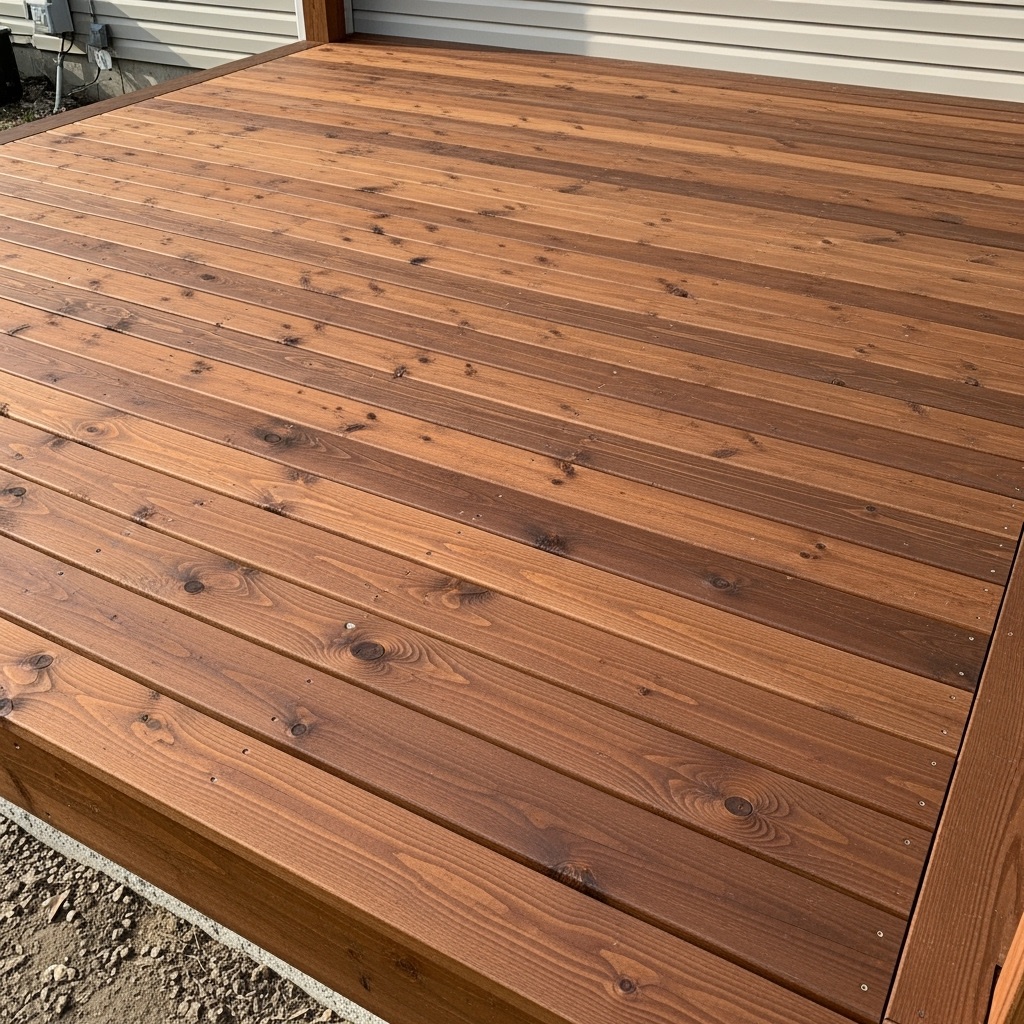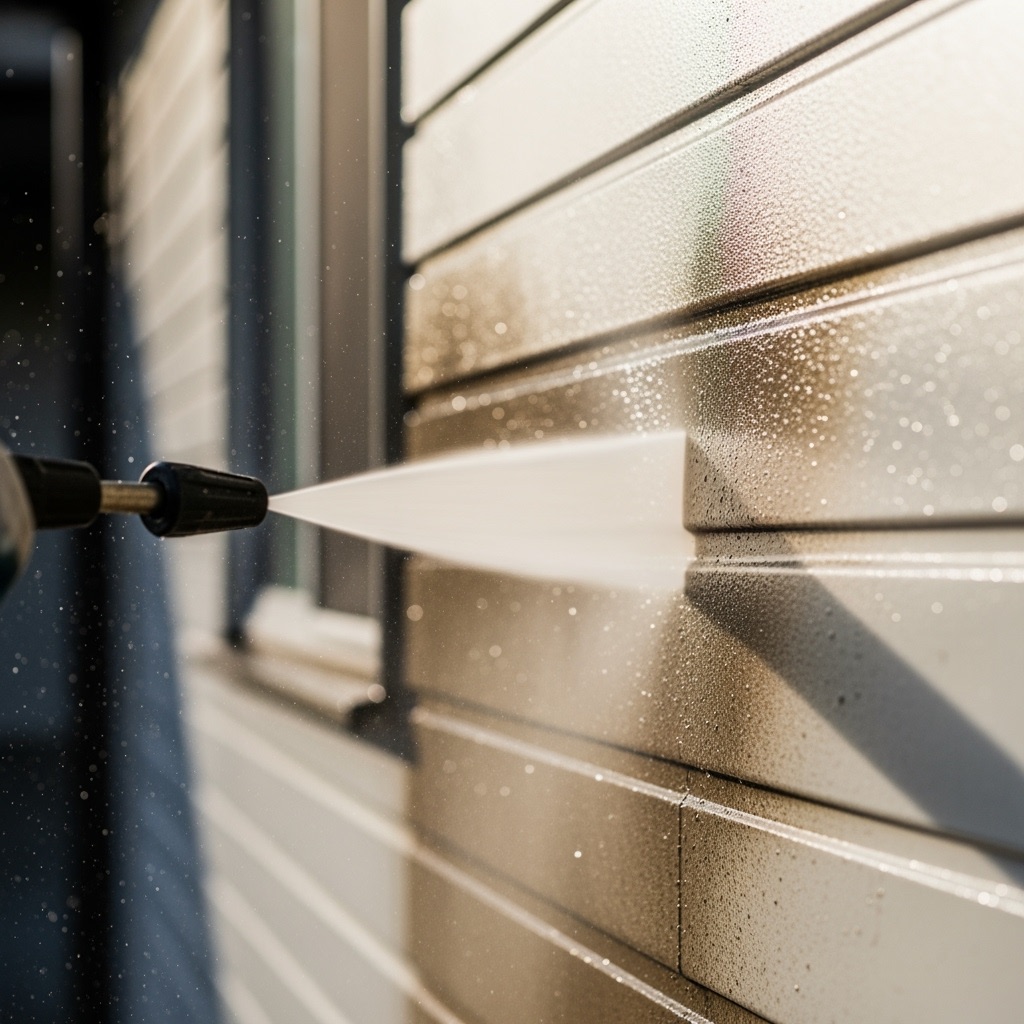Last updated on
So you have the best ice maker, and you want to keep it clean (good idea!) How do you do that? Here’s a simple step-by-step solution. Read on!
The first thing you should do when cleaning your ice machine is making sure that all parts are dry before starting any work on them. If there is water or moisture in any part of the unit, this can cause corrosion, resulting in a malfunction. This could also lead to mold growth if not cleaned correctly.
The cleaning procedure is more or less the same for all ice makers, including the sonic ice maker, because it involves removing the removable parts and cleaning them with a detergent solution.
What's Inside
How to Clean It Step by Step

Follow this simple process step-by-step to clean any ice maker machine:
Get the Supplies
The very first thing you should do before cleaning an ice maker is preparing all necessary supplies. You have to use warm water with mild soap or detergent. It’s also good to add vinegar into the solution as well. This way, you won’t only get rid of any bacteria but also prevent them from growing back again.
The best solution would cut through the scale and also clean the ice bin. Get rid of any scale buildup or rough spots by wiping the accessories down thoroughly. There are ways to kill lime deposits and scale build-up.
Unplug It
Before starting any cleaning procedure, unplug all electrical appliances from their power source. This includes the refrigerator itself as well as its freezer compartment. Also, disconnect the wires coming out of the wall socket before beginning with the next steps.
Disassemble the Ice Storage Bin
The next thing you should do is remove all parts inside the bin itself. This includes the filter screen, the motor assembly, the evaporator coil, etc. If there’s no way to get these components out without breaking them, don’t worry about it; leave everything where they are. However, if you’re able to pull them out easily, proceed with the cleaning procedure below.
Clean the Removable Parts
You should remove the parts mentioned above with caution because they could easily break apart during cleaning if you don’t know what part belongs where check the manual provided by the manufacturer.
Use soap and hot water to wash down every surface inside the ice storage bin. This includes the interior walls, bottom, sides, top, and even the lid. Make sure that no residue stays behind.
Clean the Machine
After removing everything from inside the bin, wipe down its interior walls using a damp cloth. This should help remove any leftover food particles or other contaminants.
Rinse the whole thing with fresh water, then let it air dry completely. Don’t worry about drying time; leave it alone for at least 24 hours.
Run a Test Cycle
After completing the whole procedure, test whether the ice maker works properly again. If yes, great job! Otherwise, repeat steps 1 through 5 until you get the desired result.
Once you’ve finished testing the system, reassemble everything back together. Plug everything back up and turn on the electricity supply once more.
Check Your Filter
You’ll probably see some debris stuck inside the filter when you open it. Remove it by pulling it straight out of the bottom of the ice maker. Be careful not to touch the blades directly — if you do, you may get cut!
Wipe down the interior walls of the ice maker using a damp cloth. The best way to clean the insides of the ice maker is to run hot tap water over the entire surface until all visible dirt has been flushed away.
Enjoy Freezing Again
Now that you’ve successfully fixed your broken ice maker enjoy freezing some ice again. Just remember to follow proper safety precautions whenever working around such devices.
Clean the Exterior of an Ice Maker Machine
You should also clean the exterior of an ice maker regularly. It is possible to get mold growth around the outside of the unit if not properly maintained. To keep the area free of moisture, ensure there isn’t standing water anywhere near the ice machine. Moisture collects quickly when exposed to air, so keeping the area dry helps reduce the chance of mold growth.
Sanitize the Ice Maker
Sanitation is one of the most crucial aspects of maintaining a healthy workplace. The health risks associated with poor sanitation are numerous, including increased risk of illness, injury, and even death. In addition, sanitary conditions also affect productivity by causing employees to be less productive when sick. To keep this problem at bay, follow these steps to sanitize your ice machines properly.
Wash hands before using equipment: Wash your hands before handling any tools used to clean your ice machine. You can use soap and warm running water but avoid touching your eyes, nose, mouth, or anything else while washing. After cleaning your hands, rinse them thoroughly under cold running water.
Use disinfectant spray: Spray a disinfectant onto surfaces where people contact the ice machine. Disinfectants kill germs like bacteria, viruses, molds, fungi, and mildew. Please choose a product specifically designed for cleaning ice makers because they contain chemicals that won’t harm humans.
How Often Should You Clean Your Ice Maker?
The frequency of cleaning depends on how often you use your ice machine. The best way to determine when you need to clean your ice machine is to look at its maintenance schedule. Most manufacturers provide detailed instructions about what needs to be done during each scheduled maintenance period. We suggest checking them regularly, so you know exactly when you’ll need to perform routine maintenance tasks like changing filters, inspecting coils, etc.
Why Regular Cleaning is Important
The most common reason people don’t clean their machines regularly is that they think it takes too much effort. However, there are many benefits associated with regularly maintaining your ice machine. Here are some reasons why you may want to keep up with routine maintenance:
Keeps your machine running efficiently: Regularly cleaning your ice machine helps ensure its efficiency. The more often you clean your machine, the less likely it is to break down due to clogged filters or dirty coils.
How to Know When You should Clean Your Ice Maker
If you notice one or more of the following signs, then it may be time to give your ice machine some TLC:
- The ice machine isn’t producing enough ice.
- You hear loud noises coming from the ice machine when it makes ice.
- Ice cubes are not being produced evenly throughout the day.
- Water levels within the ice bin aren’t even.
- There is excessive build up around the drain pan area.
- A foul odor emanates from the ice machine.
Other Cleaning Tips
The best way to keep your ice machine running smoothly is to follow our tips below. These simple procedures are designed to help prevent problems before they occur. They’re easy enough to do yourself but if you need assistance, call us today!
- Check the drain pan regularly.
- Keep the area around the freezer free of debris.
- Change filters frequently.
- Use only filtered water.
- Sanitize all surfaces prior to use.
FAQ
Yes, however, we recommend using distilled white vinegar instead of apple cider vinegar as this type of vinegar has been proven safe by the FDA. If you choose to use ACV, please make sure to dilute it first.
To get rid of hidden mold in an ice maker, try soaking the entire unit in warm water overnight. Then thoroughly wash everything with soap and hot water. Once cleaned, dry completely and apply a disinfectant spray. Allow the unit to air-dry for 24 hours after spraying.
We recommend adding 1/8 cup of vinegar per gallon of cold water to fill the ice cube tray. For example, if you have a 5 gal bucket filled with 3 gallons of water, add 1 tablespoon of vinegar into that bucket. Let sit for 30 minutes, then rinse out the bucket and refill with fresh water. Repeat until no longer discolored.
Bleach can damage plastic parts, so we highly discourage its usage. We also suggest avoiding any other chemicals such as ammonia, chlorine, alcohol, detergents, etc. Bleach will leave behind residue, which could cause future issues.
Apple Cider Vinegar is great at removing odors and stains on stainless steel appliances like an ice maker. However, Apple Cider Vinegar should never be applied directly onto plastics because it can leech harmful acids into them over time.




